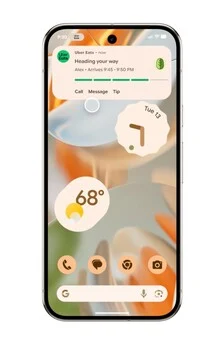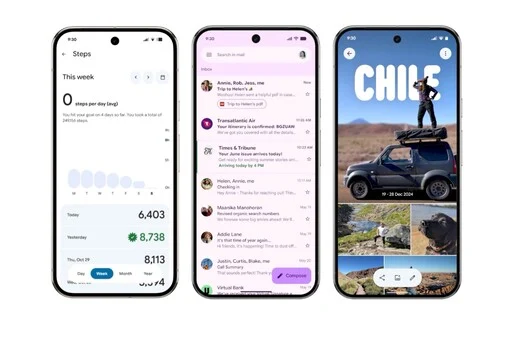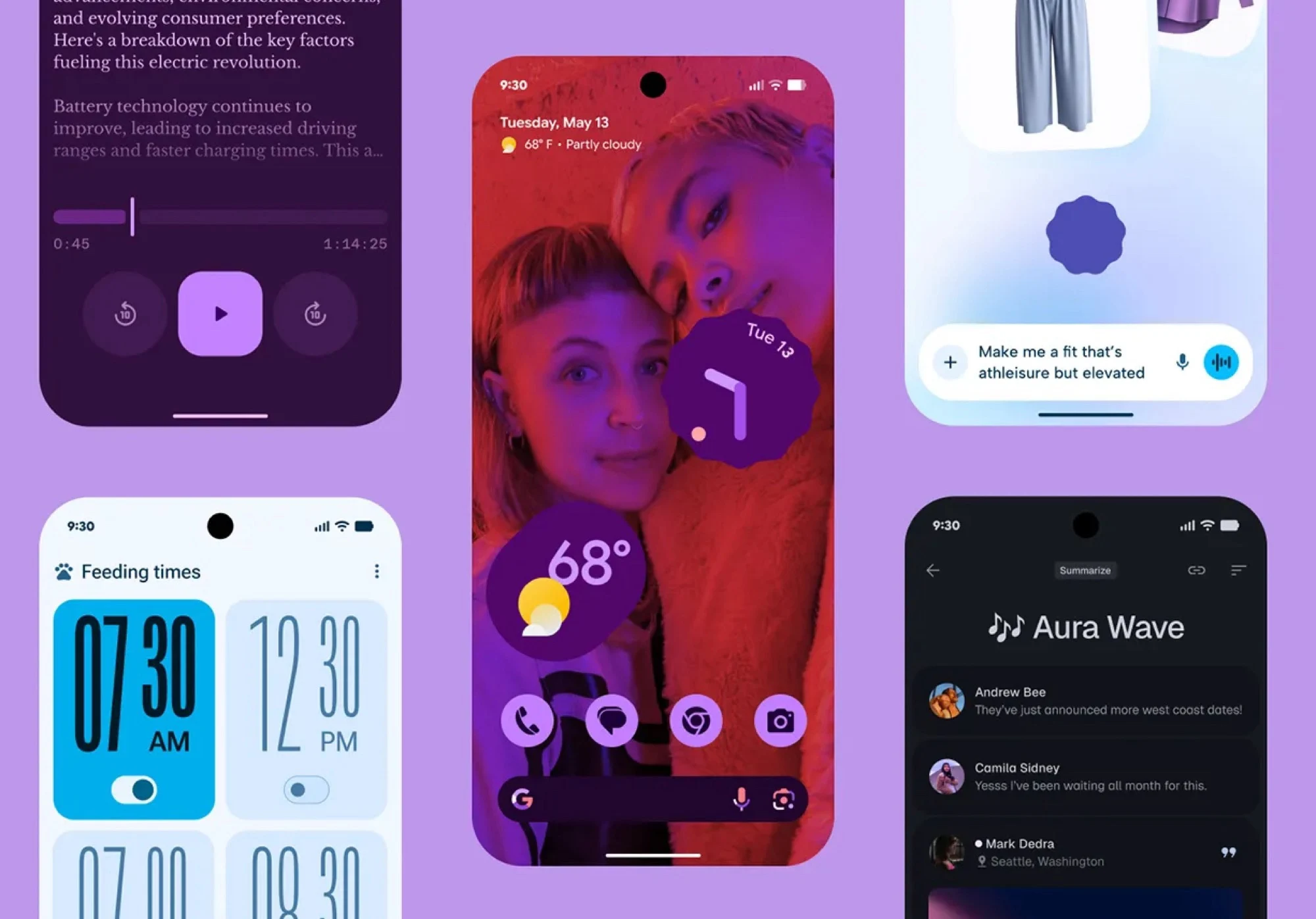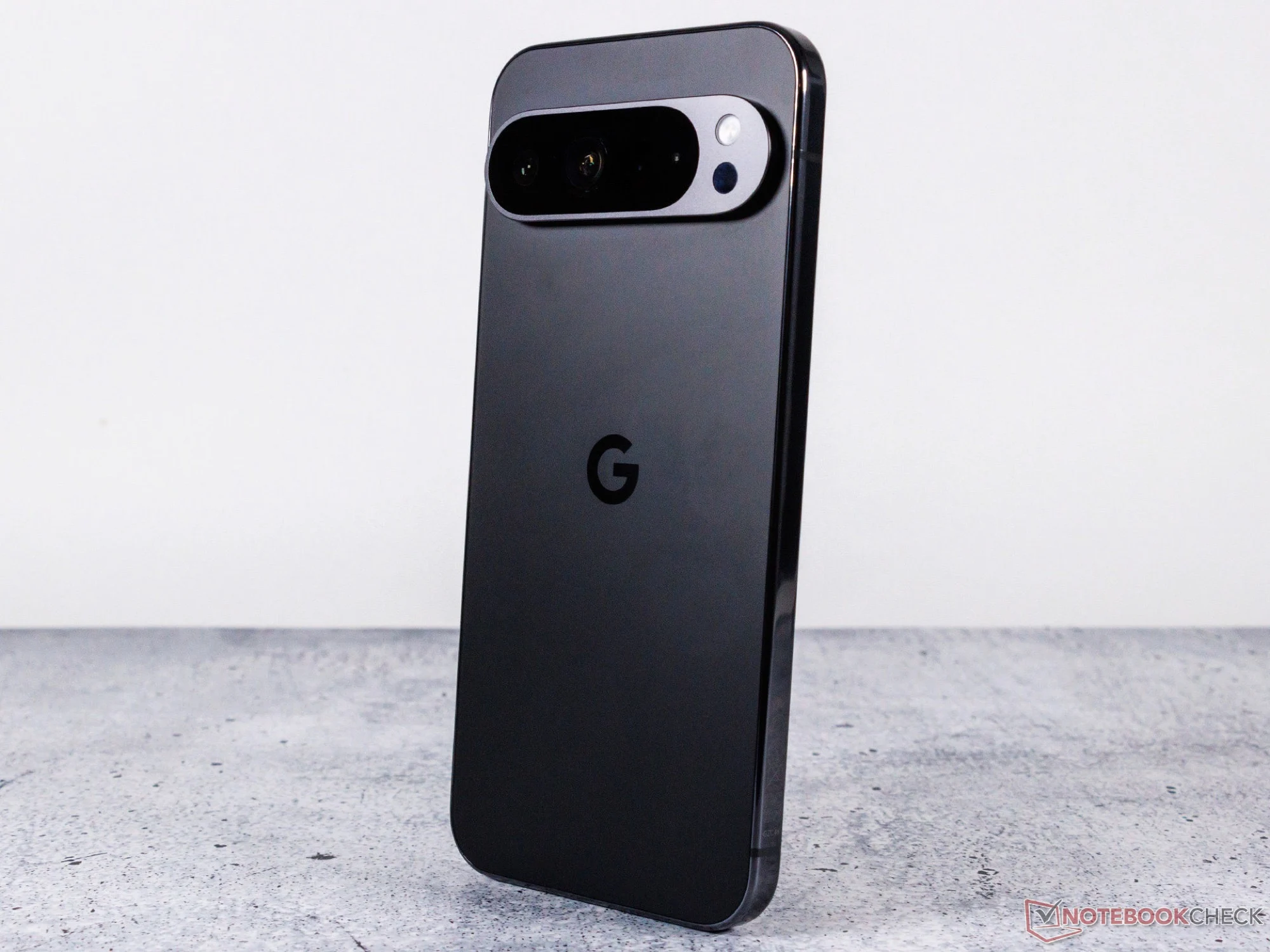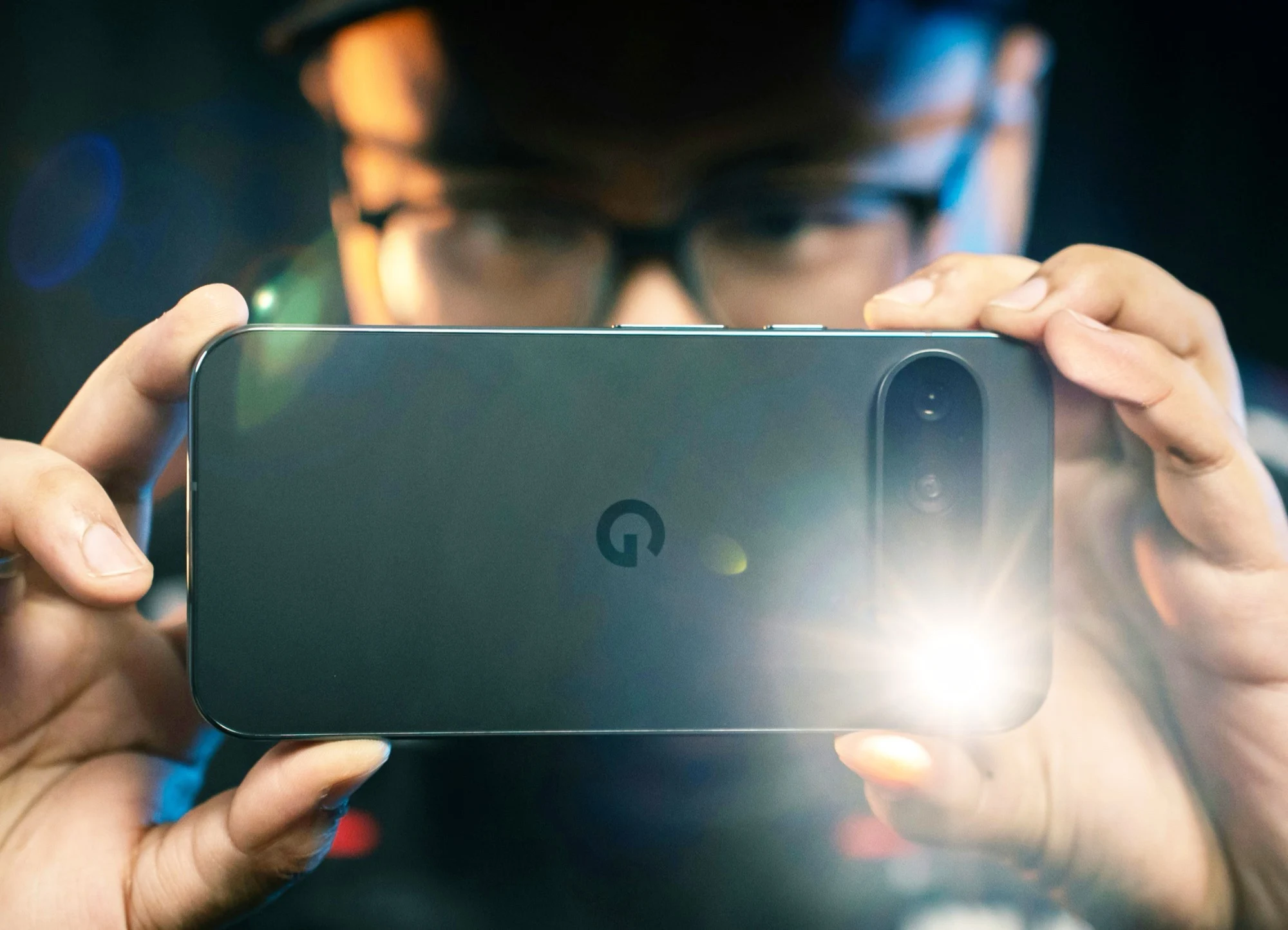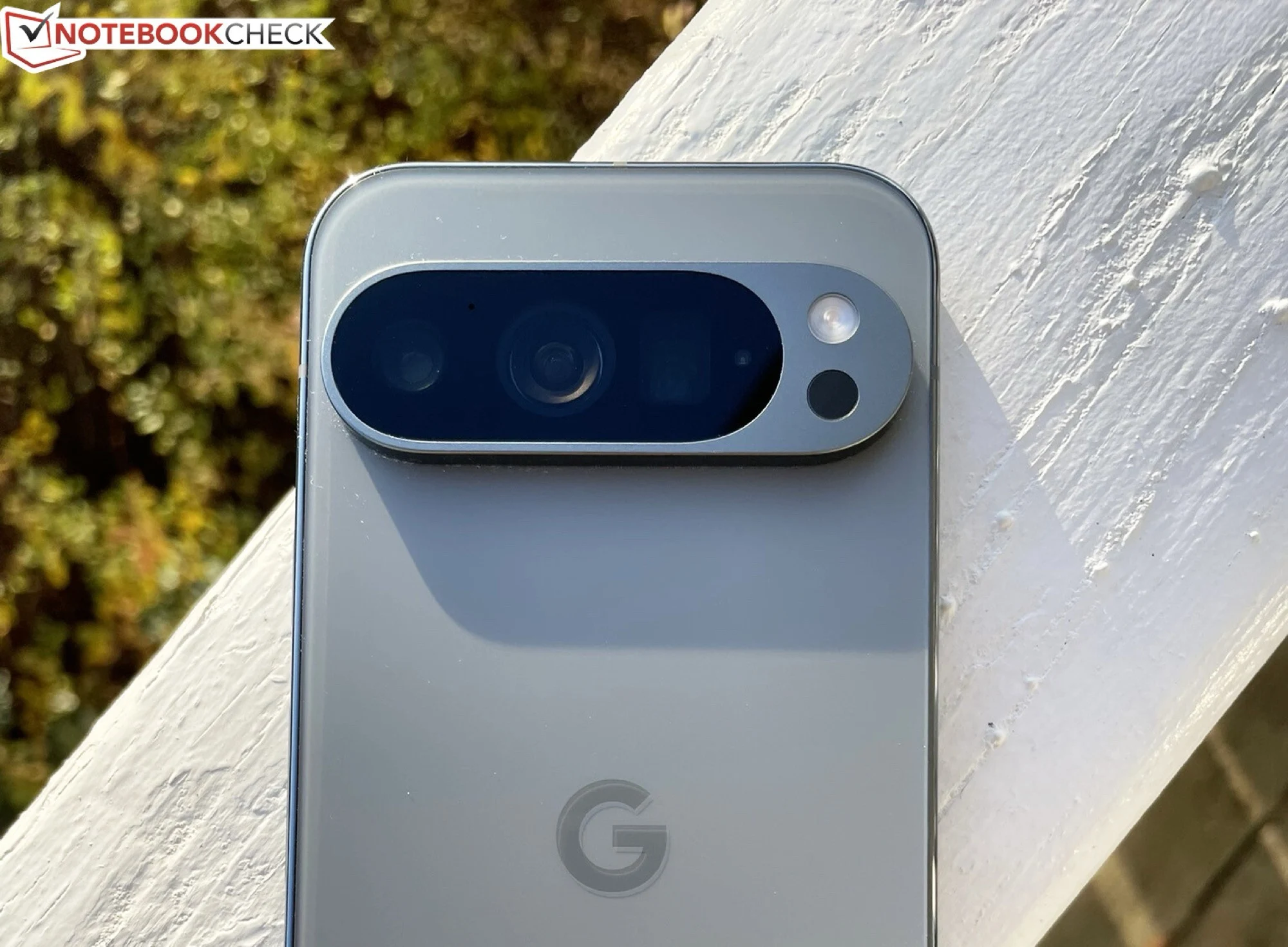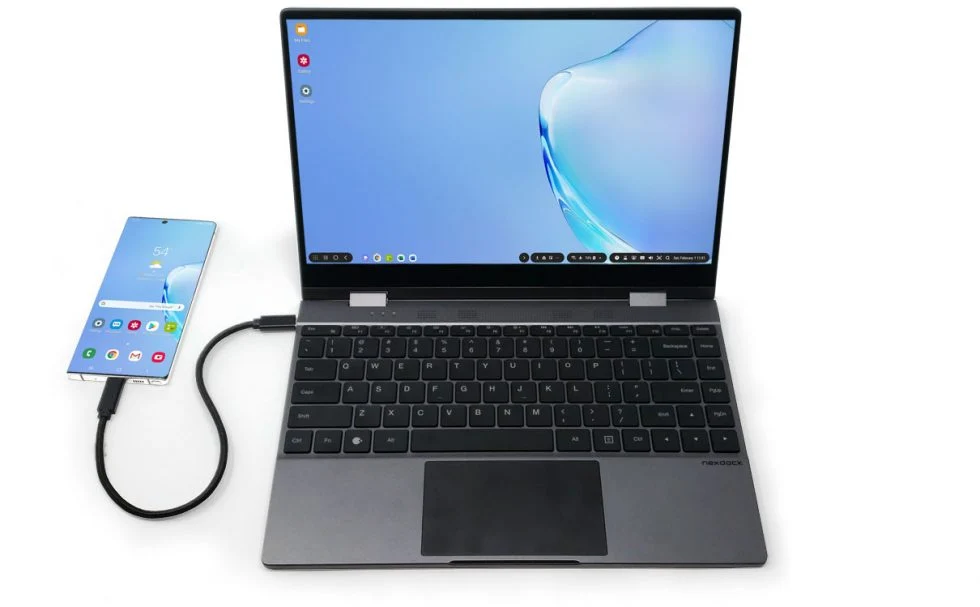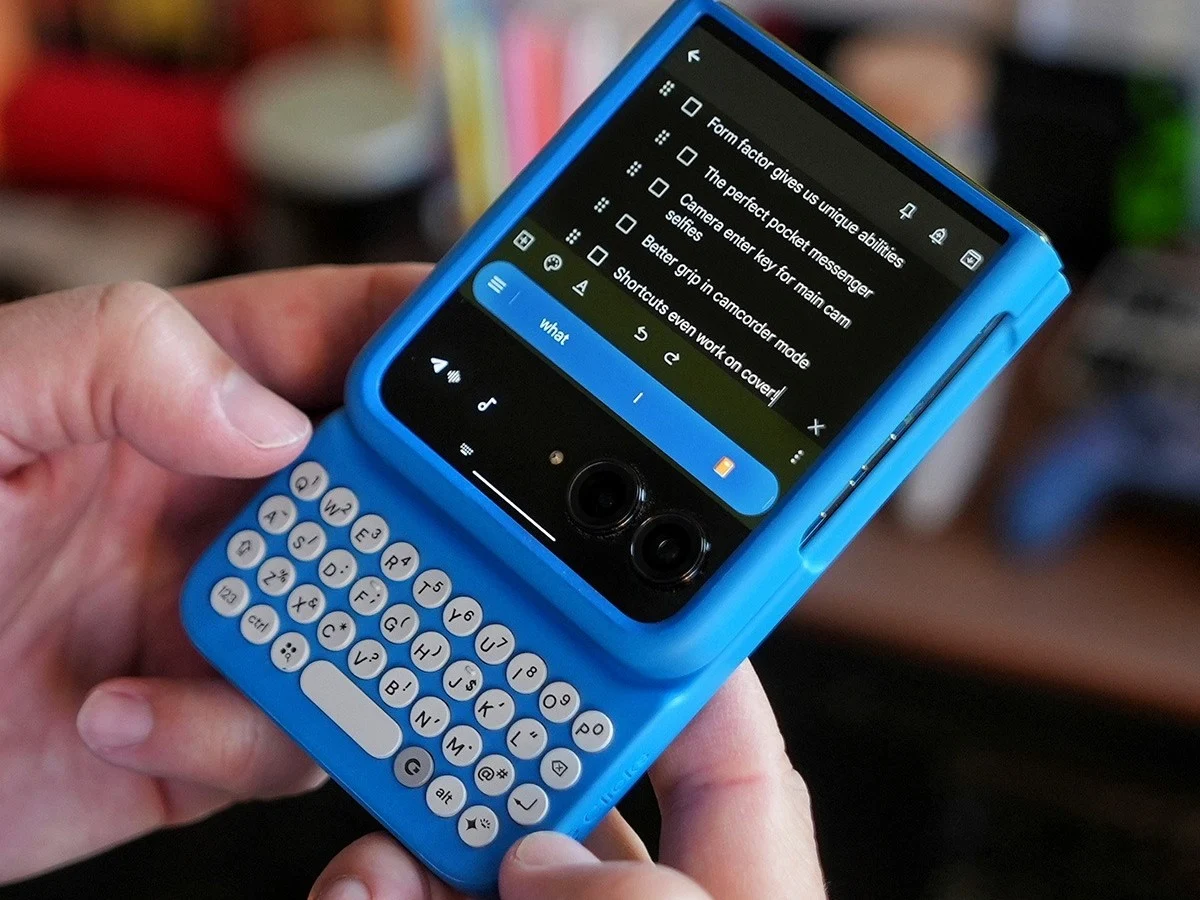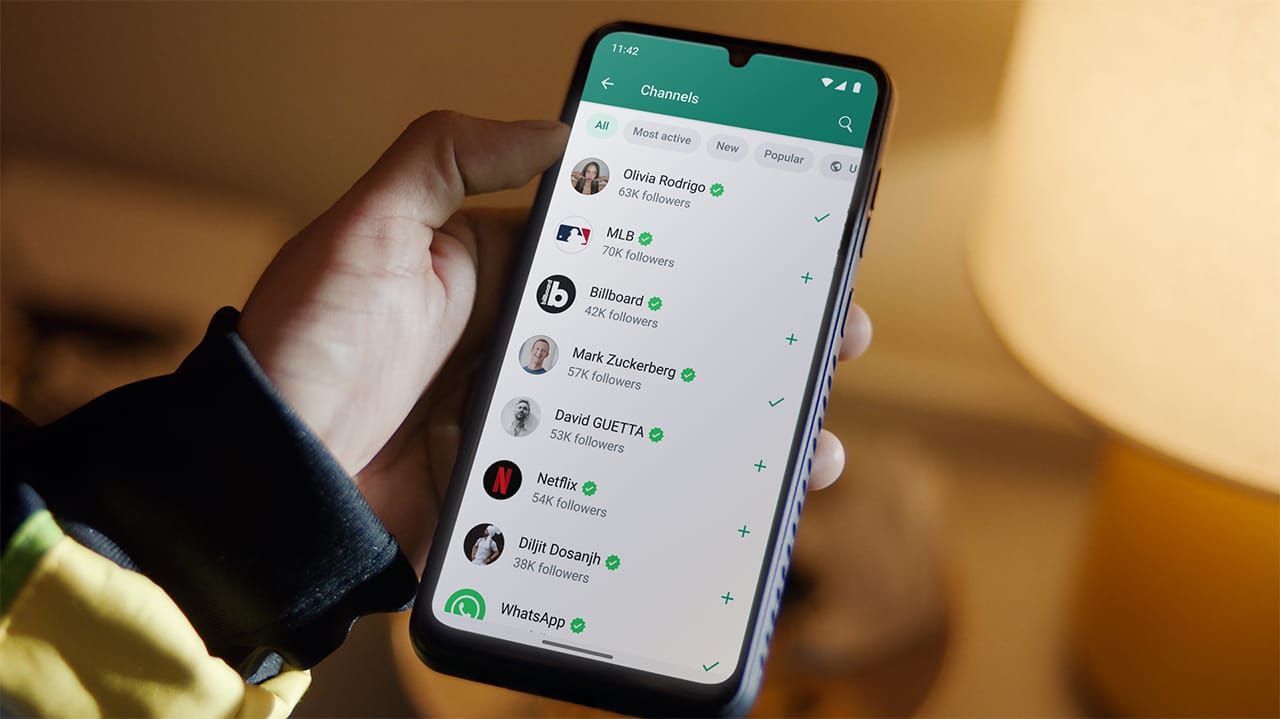Key Takeaways
1. Launch Timeline: Android 16 will be officially released in June, with Material 3 Expressive UI rolling out later this year, starting with Google Pixel smartphones.
2. Emotional Engagement: Material 3 Expressive focuses on creating a more emotionally engaging UI with bolder colors and unique shapes for app icons.
3. Enhanced Animations: The new design includes broader and smoother animations for various user interactions, like adjusting volume or accessing quick settings.
4. Blurred Backgrounds: A greater emphasis on blurred backgrounds is introduced to add depth to the interface without affecting performance or battery life.
5. Live Updates Feature: The new Live Updates feature will provide real-time information for delivery and navigation apps on the lock screen, status bar, and quick settings.
After the recent leak of the new Material 3 Expressive design by Google, the fresh appearance of Android 16 has been officially revealed today. The final version of Android 16 is set to launch in June, while the Material 3 Expressive user interface will be rolled out later this year, starting with Google Pixel smartphones like the Pixel 9. Smartphones from brands that have their own proprietary user interface, such as Samsung’s One UI, will probably not adopt Material 3 Expressive.
Enhanced Emotional Appeal
Material 3 Expressive aims to make the Android 16 user interface more emotionally engaging. To achieve this, Google is incorporating even bolder, user-customizable colors, along with unique shapes, such as app icons shaped like stars or diamonds. The video included below displays many animations that are both broader and smoother than they were previously. Whether it’s adjusting a volume slider, deleting an email, or accessing the quick settings, Google is ensuring every feature is refreshed.
Depth with Blurred Backgrounds
The greater emphasis on blurred backgrounds is designed to add a sense of depth to the interface. These updates are not expected to impact the performance or battery life of smartphones. While Google is changing the layout of the lock screen and the icons in the menu bar, the core structure and functionality of Android will remain largely the same, meaning users won’t need to relearn how to navigate their Android devices.
New Live Updates Feature
There is, however, an exciting new feature: Live Updates for delivery and navigation apps. These live updates will be visible on the lock screen, status bar, and in the quick settings, offering real-time information about takeaway deliveries and tracked packages. The quick settings can be customized in various ways to allow more options to fit onto one screen.
Google’s innovation continues to impress, making significant strides in enhancing user experience.
Source:
Link
